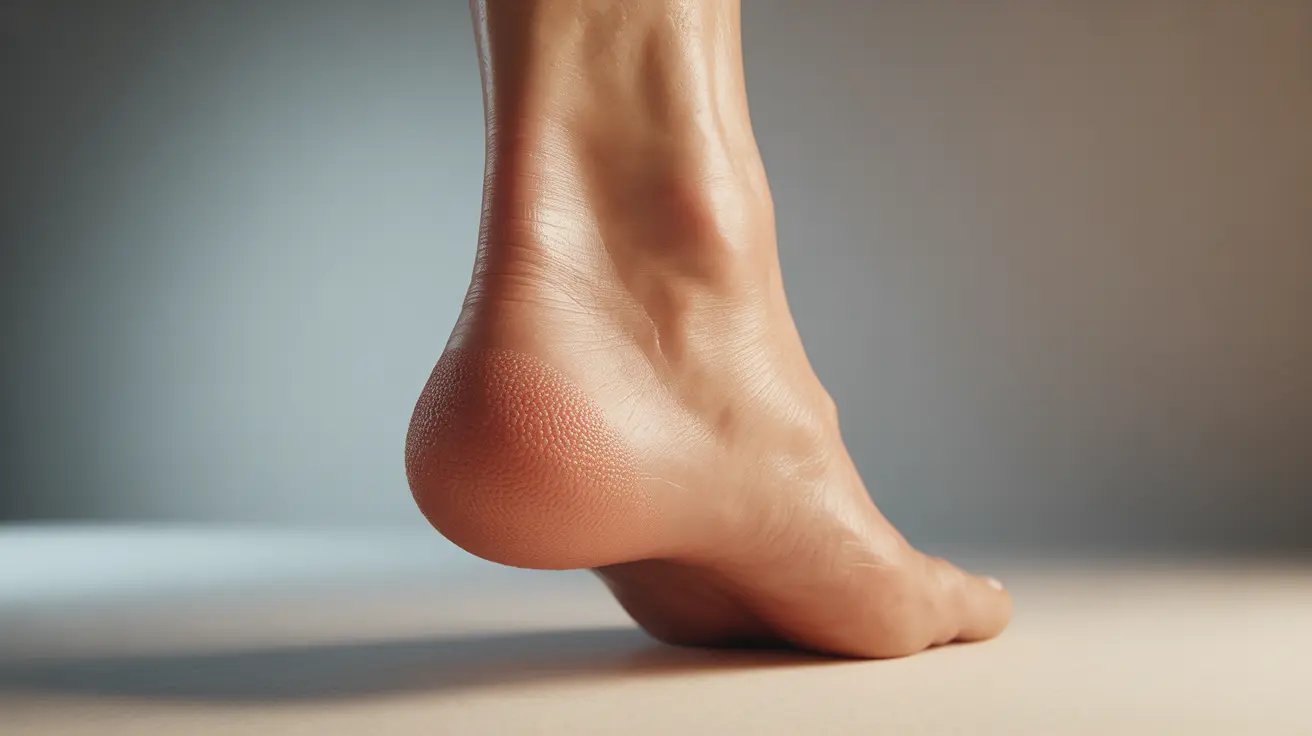Haglund's deformity is a common but often misunderstood condition that affects the heel bone, causing pain and discomfort for many individuals. This bony enlargement at the back of the heel can significantly impact daily activities and make wearing certain shoes challenging. Understanding its causes, recognizing symptoms early, and knowing available treatment options are crucial for effective management.
While this condition can affect anyone, certain factors may increase your risk of developing Haglund's deformity. Let's explore everything you need to know about this foot condition and how to address it effectively.
What Is Haglund's Deformity?
Haglund's deformity is characterized by a prominent bump on the back of the heel bone where the Achilles tendon attaches. This bony enlargement can cause inflammation of the bursa, a fluid-filled sac that cushions the area between the tendon and bone, leading to a condition known as retrocalcaneal bursitis.
Risk Factors and Causes
Several factors can contribute to the development of Haglund's deformity:
- Foot structure (high arches or rigid heel tendons)
- Poor-fitting shoes, especially those with rigid backs
- Genetic predisposition
- Regular wearing of high heels
- Intense physical activity
Recognizing the Symptoms
The symptoms of Haglund's deformity typically develop gradually and may include:
- A noticeable bump on the back of the heel
- Pain where the Achilles tendon meets the heel
- Swelling in the back of the heel
- Redness around the affected area
- Discomfort when wearing shoes
Diagnostic Process
Healthcare providers typically diagnose Haglund's deformity through a combination of physical examination and imaging studies. The diagnostic process may include:
- Physical examination of the foot
- X-rays to evaluate bone structure
- MRI in some cases to assess soft tissue involvement
- Gait analysis to examine walking patterns
Conservative Treatment Approaches
Most cases of Haglund's deformity can be managed effectively with non-surgical treatments:
Footwear Modifications
Selecting appropriate footwear is crucial for managing symptoms:
- Open-backed shoes
- Shoes with soft or no back
- Orthotics for proper foot alignment
- Heel pads or lifts
Physical Therapy
Therapeutic exercises and treatments may include:
- Stretching exercises for the Achilles tendon
- Ice therapy for inflammation
- Ultrasound therapy
- Soft tissue massage
Surgical Intervention
When conservative treatments fail to provide relief, surgical options may be considered. Surgery typically involves removing the prominent bone and addressing any associated soft tissue problems. Recovery from surgery usually requires:
- 6-8 weeks of restricted weight-bearing
- Physical therapy rehabilitation
- Gradual return to normal activities
- Modified footwear during recovery
Frequently Asked Questions
What are the common causes and risk factors of Haglund's deformity?
The most common causes include inherited foot structure, wearing poorly fitting shoes (especially high heels), and intense physical activity. Risk factors include having high arches, tight Achilles tendons, and a tendency to walk on the outside of your heel.
What symptoms should make me suspect I have Haglund's deformity?
Key symptoms include a noticeable bump on the back of the heel, pain where the Achilles tendon attaches to the heel, swelling around the back of the heel, and increased discomfort when wearing shoes with rigid backs.
How is Haglund's deformity diagnosed by doctors?
Doctors typically diagnose Haglund's deformity through a physical examination, X-rays to evaluate bone structure, and sometimes MRI scans to assess soft tissue involvement. They may also analyze your walking pattern and foot structure.
What are the most effective non-surgical treatments for managing Haglund's deformity pain?
Effective non-surgical treatments include wearing appropriate footwear, using orthotics or heel pads, ice therapy, anti-inflammatory medications, and physical therapy exercises. Modifying activities and wearing open-backed shoes can also help reduce pain.
When is surgery necessary for Haglund's deformity and what does the recovery involve?
Surgery becomes necessary when conservative treatments fail to provide relief after several months. Recovery typically involves 6-8 weeks of limited weight-bearing, followed by physical therapy. Full recovery can take 3-6 months, during which patients gradually return to normal activities.




